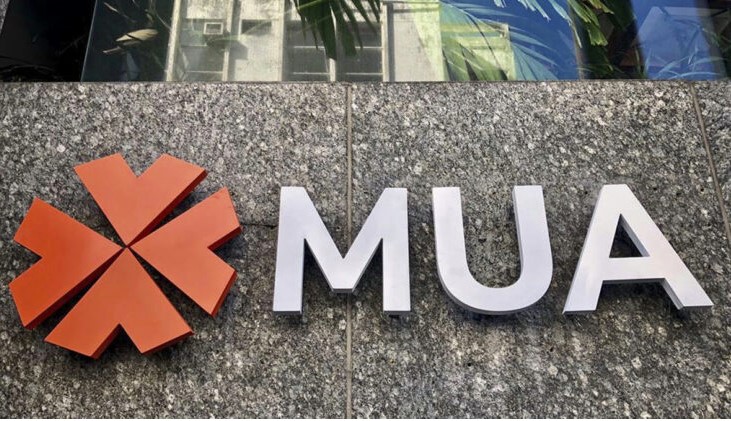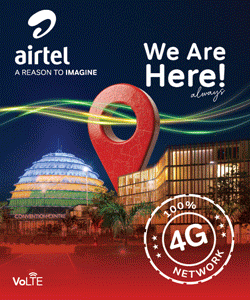GCR Ratings (“GCR”) has assigned MUA Insurance Rwanda Limited’s (“MUA Rwanda”) an initial national scale financial strength rating of AA-(RW), with the Outlook accorded as Stable.
Rating rationale
MUA Rwanda’s national scale financial strength rating reflects the insurer’s strong risk-adjusted capitalization as well as intermediate liquidity and competitive earnings. This is balanced by a moderate business profile in the domestic private short-term insurance industry.
MUA Rwanda Limited is owned by MUA Insurance Kenya Limited (“MUA Kenya”) and The Mauritius Union Assurance CY Ltd. MUA Kenya is an intermediate non-operating holding company owned by MUA Ltd, the ultimate parent headquartered in Mauritius with operations in 6 countries across the African continent.
MUA Rwanda currently holds an intermediate competitive position in the private non-life insurance market, including medical, in Rwanda. As of 2022, the insurer commands a market share of approximately 8.3% (2021: 8.7%).
However, when we exclude medical insurance, the insurer’s market share rises to about 12%. Although the insurer experienced a premium growth rate of 15% (2021: 17%), which was slightly lower than the industry average of 20% (2021: 21%).
MUA Rwanda maintained its market position through established partnerships with key intermediaries and a customer-centric strategy.
The insurer’s premium revenue is spread across four lines of business, that contribute materially to the GWP. The company said that it expects the business profile to remain at comparable levels over the outlook horizon, supported by existing relationships with market intermediaries.
MUA Rwanda’s earnings tracked above the industry average, although susceptible to high reserving uncertainty within the market.
The insurer’s combined ratio averaged at 95.7% over review period. However, underwriting performance was impacted by a significant loss in the guarantee line of business during 2021, which resulted in a combined ratio of 103.3% (compared to 93.8% in 2020).
Nonetheless, there was a rebound in 2022, with the combined ratio improving to 94% after the release of some of the risks associated with the guarantee line. Operating and commission expenses kept pace with revenue growth, resulting in a stable total expense ratio of 36%.
Consequently, MUA Rwanda recorded a profit of Rwf1.3billion, a marked improvement from the Rwf585.7million profit reported in 2021.
Looking forward, we expect the positive earnings trend to continue, as claims experience is projected to improve.
MUA Rwanda’s risk-adjusted capitalisation is viewed to be strong, due to low aggregate risks compared to the level of capital.
The insurer’s capital base grew by approximately 25% to Rwf6.6billion in 2022, partially offsetting the increased aggregate risk exposures.
As a result, the GCR capital adequacy ratio (“CAR”) slightly improved to 3.4x in 2022 (2021: 3.3x), and the ratio-based statutory solvency exceeded 2x, surpassing the statutory requirement of 1x.
In parallel, the insurer’s risk-based solvency ratio of 1.42x exceeded the required minimum of 1x.
Going forward, internal capital build, financial flexibility and conservative dividend distribution could help to maintain both GCR and statutory solvency ratios within a rating-supportive range over the
medium term.
MUA Rwanda’s liquidity remains at high levels, underpinned by a very conservative asset allocation strategy.
Consequently, the GCR liquidity ratio registered around 1.4x, which is also likely to be supported at similar levels by the insurer’s good earnings potential, although sensitive to increases in operational cash requirements due to business growth.
Outlook statement
The stable outlook reflects our expectations that earnings will continue supporting risk-adjusted capitalization at the same level while the liquidity ratio is managed within the same range. No material change to the business profile is expected over the outlook horizon, with the insurer expected to maintain its mid-range market position.
Rating triggers
Positive rating action could result from a sustained strengthening in earnings and competitive position while maintaining current capitalisation and liquidity strengths. Conversely, the rating may be downgraded if there is a reduction in earnings and liquidity metrics.




















